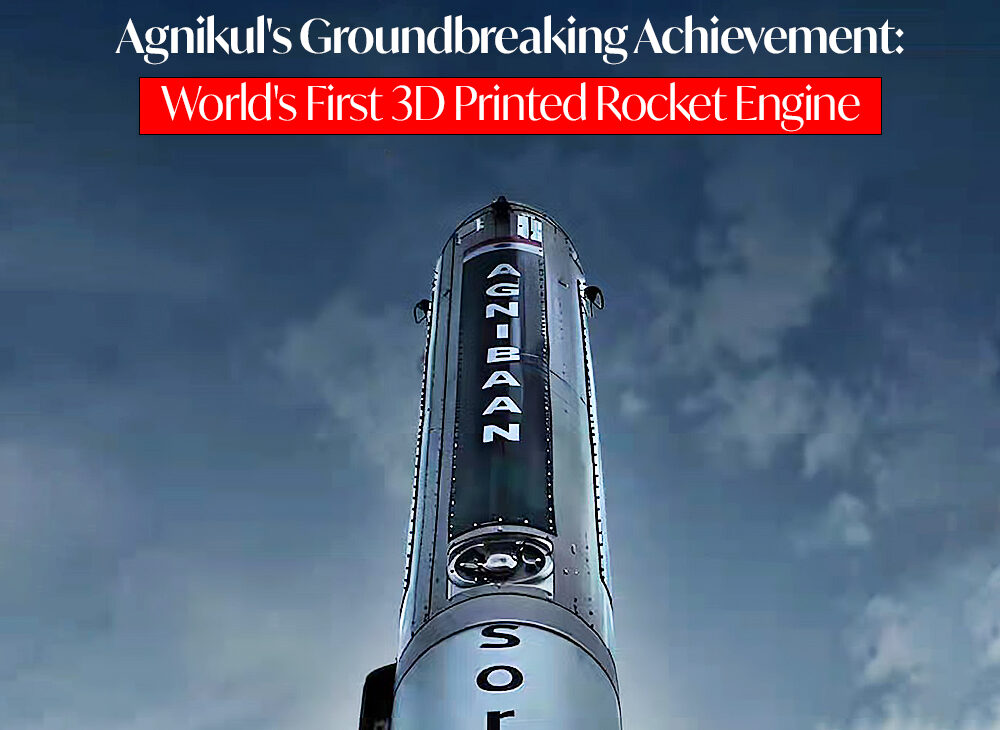A Chennai-based startup Agnikul has grabbed global attention. They launched the world’s first 3D-printed rocket engine. This achievement marks a significant leap in space technology. Agnikul is incubated at IIT Madras is pioneering this endeavor. It makes a significant leap forward in space technology and manufacturing.
What is a 3D Printed Rocket Engine?
Yes, Agnikul made this vision a reality. They launched the Agnibaan SOrTeD (Sub-Orbital Technology Demonstrator). This features the world’s first fully 3D-printed rocket engine.
This remarkable engine, called Agnilet, uses sub-cooled oxygen as fuel. The launch took place from India’s first private launchpad. Agnikul established “Dhanush” at Sriharikota. This marks India’s first semi-cryogenic engine.
The Significance of Agnilet
Agnikul is a technological marvel. It uses sub-cooled oxygen, boosting efficiency. This innovation changes how rocket engines are built. 3D printing enables quick prototyping and manufacturing. It reduces time and cost compared to traditional methods. This leads to a flexible approach to space missions.
Democratizing Access to Space
Agnikul aims to make space access more accessible to everyone. They offer affordable and customizable launch solutions. Agnikul plans an orbital mission by 2025. Their technology allows quick turnaround of launch vehicles. This provides tailored solutions for satellite launches. It opens new opportunities for businesses and researchers.
Customizability of Agnibaan
A Series of Firsts in Space Technology
Founded in 2017, Agnikul achieved several milestones. They operate India’s first private launchpad and control center. Despite four failed attempts, they succeeded. Their perseverance showcases Indian space startup resilience.
What We Can Learn
In conclusion, Agnikul’s 3D-printed Agnilet engine is a breakthrough. It shows that Indian startups can lead in space technology. Agnikul’s future innovations promise a bright space exploration era.









